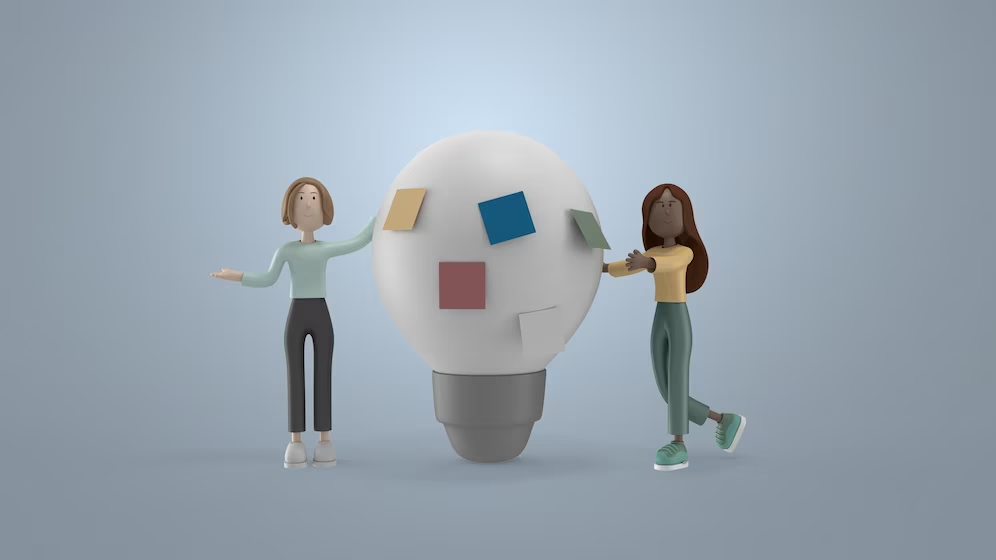Table of Content
Exploring the Power of 3D Design: Enhancing Visual Impact and Immersive Experiences
/>Discover the latest trends in graphic design, including bold typography and vibrant colors. Learn about the transformative impact of 3D design in the film industry, with examples from iconic movies. Find out how to learn 3D design and explore popular software programs. Dive into the world of 3D design and unleash your creativity today!Introduction
In the ever-evolving world of graphic design, trends emerge and captivate audiences with their boldness, vibrancy, and innovative approaches. Among the forefront of these trends is the realm of 3D design, a process that has revolutionized various industries, including film, television, video games, architecture, and product design. With its ability to create lifelike models, animations, and visual effects, 3D design has opened new doors for designers to captivate viewers and enhance storytelling. In this article, we will delve into the current trends in graphic design, the impact of 3D design on the film industry, and avenues for learning this exciting field.
Current Graphic Design Trends

Photo from jcomp on FreePik
Graphic design is constantly evolving, and today's designers are exploring numerous trends to create visually engaging designs. Among these trends are:
Bold Typography: Typography takes center stage with eye-catching and impactful fonts that convey a strong message.
Vibrant Color Schemes: Designers embrace vibrant and energetic color palettes to evoke emotions and create memorable experiences.
Abstract Illustrations: Abstract art finds its way into design, allowing for creative interpretations and unique visual narratives.
3D Design and Motion Graphics: Designers experiment with three-dimensional design and motion graphics to add depth and dynamism to their creations.
Minimalism and Negative Space: Clean and simple designs utilizing negative space appeal to the modern aesthetic, conveying elegance and sophistication.
Sustainability and Social Responsibility: Designers are increasingly focusing on eco-friendly and socially conscious designs that promote sustainability and positive social impact.
The Power of 3D Design in the Film Industry
The impact of 3D design on the film industry cannot be overstated. It has transformed the way stories are told, immersing audiences in visually stunning and captivating experiences. Let's explore some notable examples:
Avatar (2009): Directed by James Cameron, Avatar made groundbreaking use of 3D technology, employing stereoscopic filmmaking techniques. The Fusion Camera System, developed by Cameron and Vince Pace, created an unparalleled sense of depth perception.
Toy Story (1995): As the first feature-length computer-animated film, Toy Story marked a significant milestone in 3D design. Pixar's proprietary software, RenderMan, brought beloved characters to life in a captivating and innovative way.
The Lion King (2019): This film utilized virtual reality technology to create a 3D environment that mimicked real-life settings. Filmmakers immersed themselves in the virtual world, planning scenes as if shooting live-action.
Marvel Cinematic Universe (MCU): The MCU employs 3D design extensively to create awe-inspiring visual effects, especially in action sequences and the rendering of fantastical characters and environments.
Star Wars Series: The Star Wars franchise has consistently pushed the boundaries of 3D design and visual effects, captivating audiences with its imaginative and immersive worlds.
Learning 3D Design

Photo from jcomp on FreePik
For those eager to learn 3D design, various avenues provide opportunities to acquire the necessary skills. Consider the following suggestions:
Online Courses: Platforms such as Udemy, Coursera, and Skillshare offer a wide range of online courses covering 3D design software and techniques. These courses provide structured learning with the flexibility of self-paced study.
Tutorials: Online platforms like YouTube and Vimeo host a wealth of tutorials that guide learners through specific techniques and software programs. Software companies also offer tutorials on their websites, ensuring accessible and valuable resources.
Books: Numerous books on 3D design cover everything from foundational principles to specific software programs. They offer comprehensive knowledge and serve as valuable references during the learning process.
Community Engagement: Joining online forums and social media groups dedicated to 3D design provides opportunities to learn from others, share your work, and receive valuable feedback. Engaging with a community of like-minded individuals fosters growth and inspiration.
Popular 3D Design Software Programs
Several software programs are widely used in the field of 3D design. Here are a few notable options:
Blender: A free and open-source software program, Blender offers a comprehensive set of tools for 3D modeling, animation, rendering, and compositing.
Maya: Developed by Autodesk, Maya is a professional-grade software used extensively in film, television, and gaming industries. It provides a wide range of tools for modeling, texturing, animation, and rendering.
Cinema 4D: Known for its user-friendly interface and intuitive workflow, Cinema 4D is popular among motion graphics and visual effects artists. It offers a comprehensive set of tools for modeling, animation, rendering, and simulation.
3ds Max: Developed byAutodesk, 3ds Max is widely used in architecture, product design, and gaming industries. It provides robust tools for modeling, animation, rendering, and visual effects.
ZBrush: ZBrush specializes in digital sculpting and is widely used for creating high-resolution models and intricate details. It is commonly employed in the film, gaming, and toy design industries.
Conclusion
The world of graphic design is constantly evolving, and 3D design has emerged as a powerful tool for creating immersive experiences and enhancing visual impact. Through the use of 3D design, designers can bring their ideas to life, captivate audiences, and push the boundaries of creativity. By embracing current trends in graphic design, leveraging powerful software programs, and actively engaging in learning opportunities, aspiring 3D designers can unlock their potential and contribute to this exciting field. So, take the plunge into the world of 3D design and embark on a journey of creativity, innovation, and limitless possibilities.




